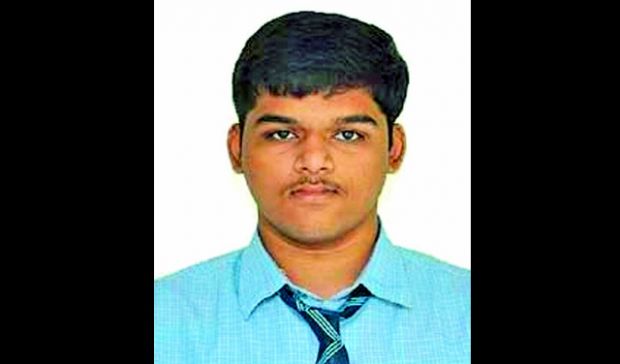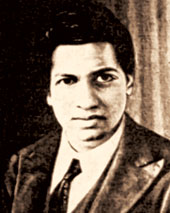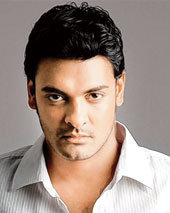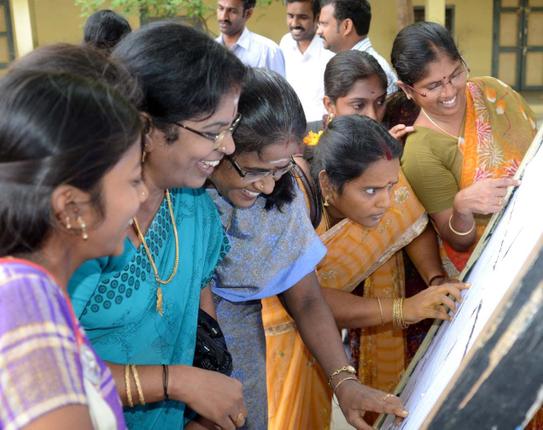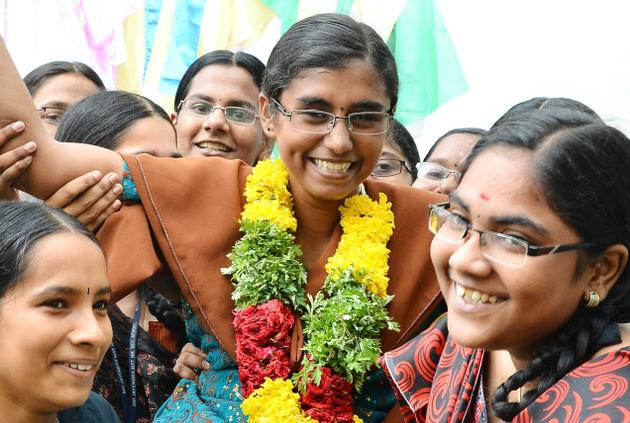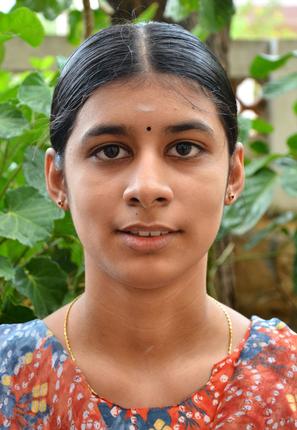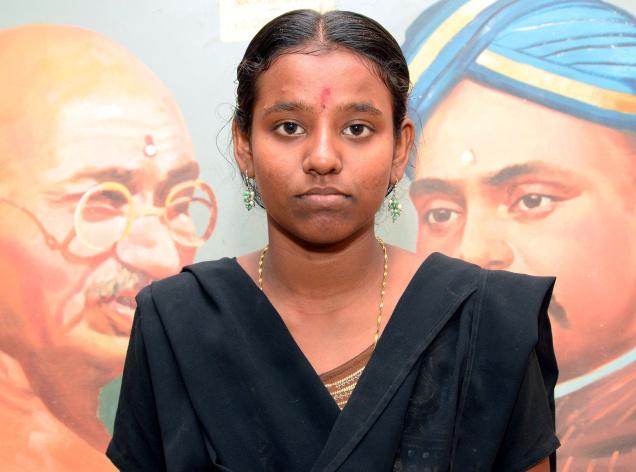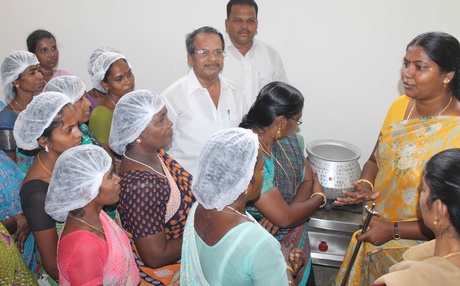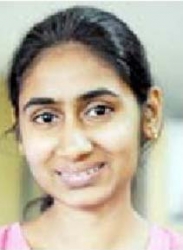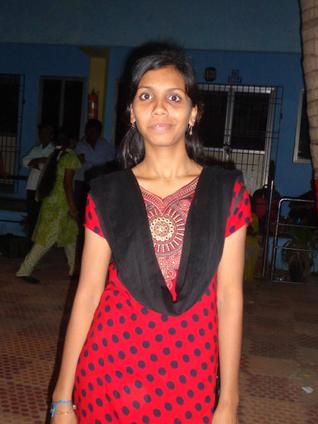This year’s edition of Fly Your Ideas contest witnessed a tough battle between five teams who came up with innovative ideas for the aerospace and aviation sector, reports Sangeetha Nambiar from Toulouse, France
Abunch of bright young people have put their own spin on innovations and technologies that can offer solutions to deal with challenges in the aerospace sector. The ideas came up as part of Fly Your Ideas, a contest floated by Airbus, one of the world’s largest aircraft manufacturers. Fly Your Ideas is Airbus’ way of giving the younger generation a chance to come up with out-of-the-box ideas that could revolutionise the way the aviation industry works. “With the contest we look to create sustainable solutions for the future,” says Vicky Runchie, project leader for the contest. “We have multiple objectives which include focused research and development, new business models, better traffic management, meeting tough emission targets, protecting nature and nurturing future talent. The main idea being to reach out and connect with young talent,” she adds.
The third edition of the biennial contest, which was first started in 2008, witnessed a much higher participation this time with 6,000 entries which were whittled down to five by a team from Airbus. Challenges for contestants were huge as the criteria taken into account included energy, efficiency, affordable growth, traffic growth and passenger experience. UNESCO has offered its support to the contest as it is committed to the objective of reducing emission and promoting the idea of a greener planet.
The teams selected this year include: India (Team Avas from SRM University, Chennai ), Italy (Team Flybrid, Technical University of Milan), Brazil (Team Levar, University of Sao Paulo), Australia (Team CLiMA, Royal Melbourne Institute of Milan Italy) and Malaysia (Team Embarker, Universiti Putra Malaysia ), who headed to Toulouse in France for the finals where they presented their ideas before a jury of six at the Airbus A380 final assembly line. Team Levar, which came up with an innovative design for a luggage loading and unloading system for airplane cargo compartments to reduce the workload of airport baggage handlers with an air cushion, walked away with the 30,000 euros prize money at the final award ceremony held at the Unesco building in Paris. Team CLi-MA won the runners-up spot for their proposal to develop aircraft fuelled by a blend of sustainably produced liquefied biomethane and liquefied natural gas (Bio-LNG ). Avas, the team from India, proposed the use of intelligent materials (shape memory alloys) for jet exhaust shape modification. The alloys are energised by harvested electricity generated by advanced thermoelectric materials using engine heat source which will reduce 6 to 7% of propulsion noise that an aircraft produces. “Airbus has over a period of time strengthened its relationships with universities across the world and FYI is one of its ways to engage the younger generation, assessing their ideas which are a refreshing change from those already in the industry,” says Rachel Schroeder, head of employment marketing.
The teams were a mix of technical and nontechnical. We want to encourage diversity in universities, ensure that more women students are involved. In fact, Airbus proposes to introduce an award to increase diversity in classrooms. “Our objective is to increase a student’s knowledge base,” says Schroeder. According to Charles Champion, Airbus executive vice-president engineering, FYI patron and chair of the jury, “It was an extremely close contest. All the five teams came up with brilliant ideas. What finally swung the jury in Team Levar’s favour was their focus on the human element in the design apart from the innovativeness of the whole idea,” he says. “Airbus spends 2 billion euros annually on research and development. Any industry needs constant innovation to be sustainable. It is imperative that new and refreshing ideas are thrown up constantly. With FYI we have engaged with students in a big way,” he adds.
At a glance
The third edition of the biennial contest, which was first started in 2008, witnessed a much higher participation this time with 6,000 entries which were whittled down to five by a team from Airbus. Challenges for contestants were huge as the criteria taken into account included: energy, efficiency, affordable growth, traffic growth and passenger experience.
Courtesy: Educationtimes.com
source: http://www.articles.timesofindia.indiatimes.com / The Times of India / Home> Education / by Sangeetha Nambiar / June 24th, 2013
